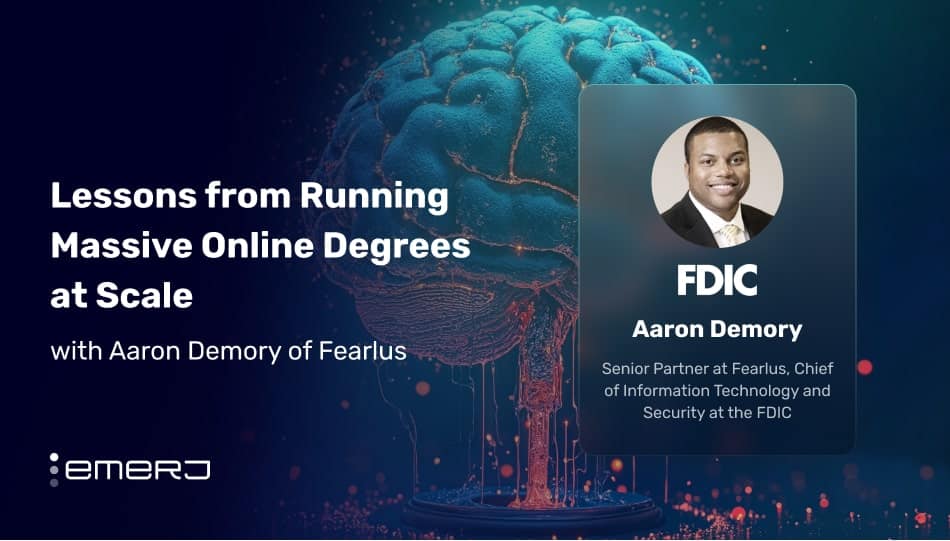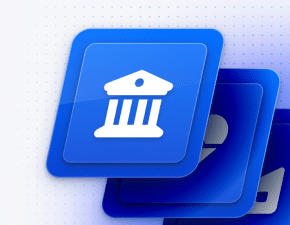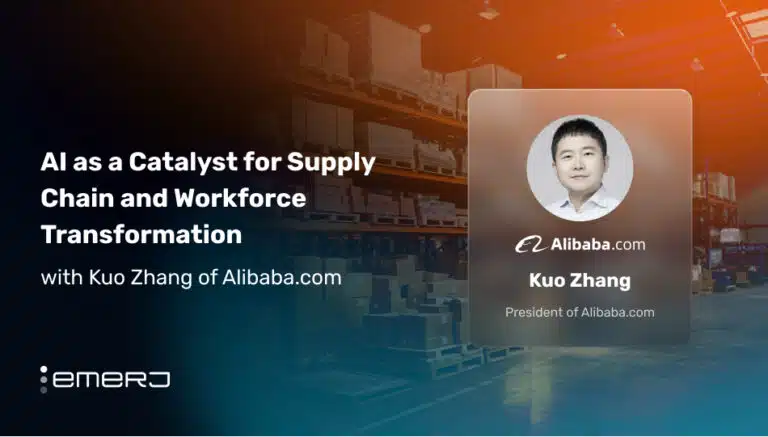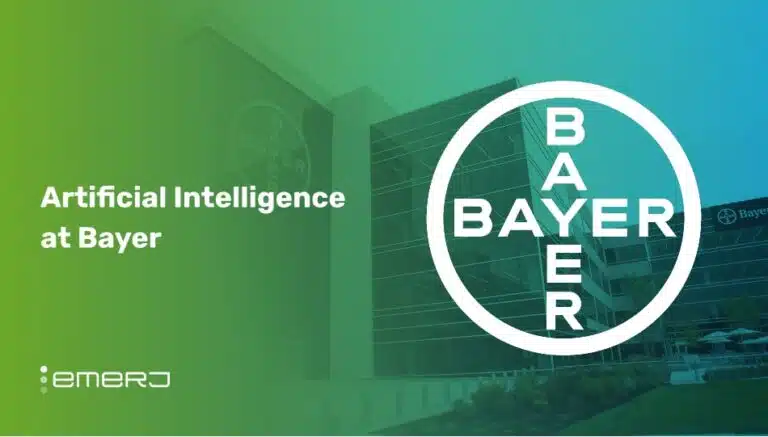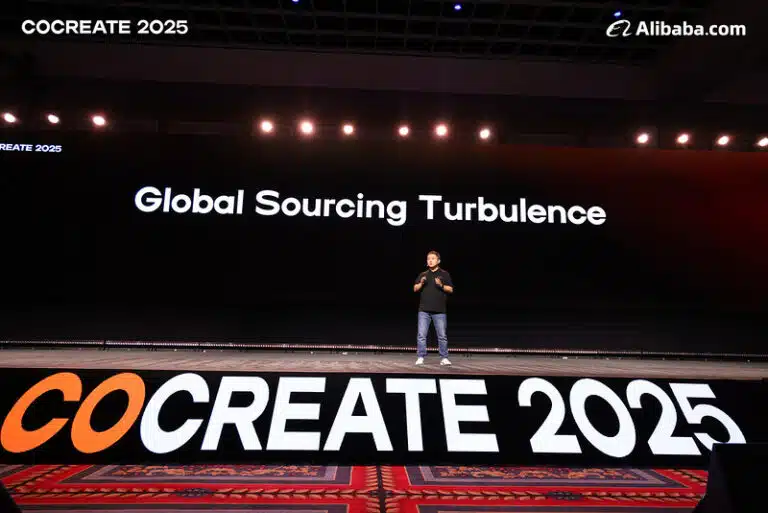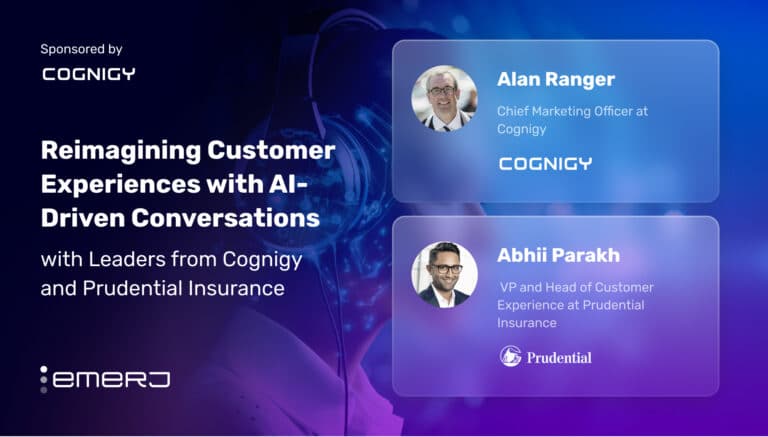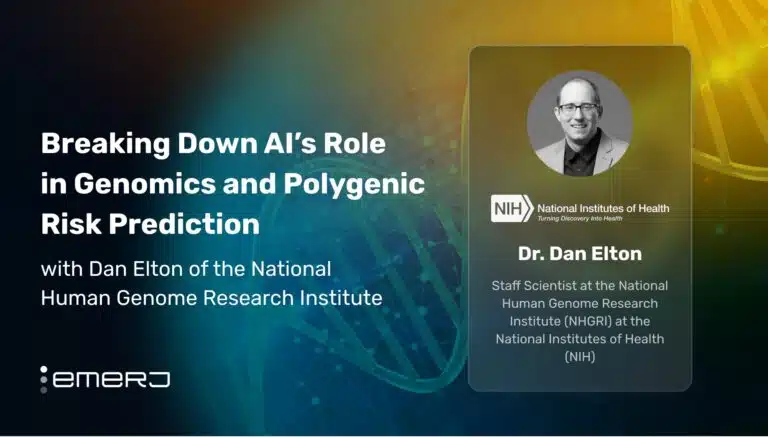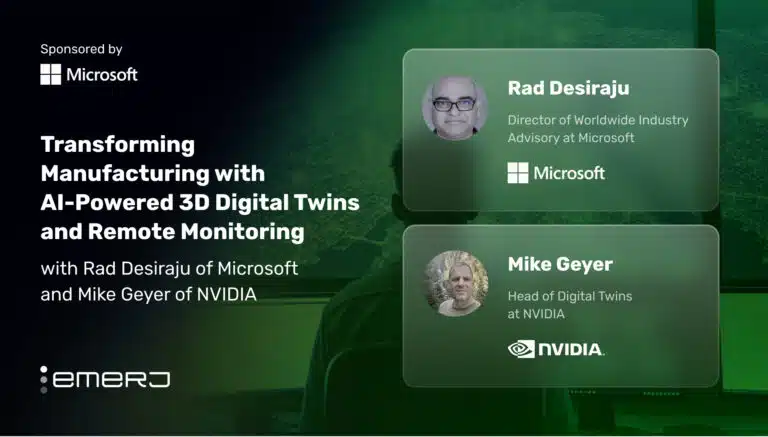In both the US and Canada, a significant portion of the workforce is approaching retirement, putting vast amounts of tribal knowledge at risk. In Canada, baby boomers born between 1955 and 1965 are retiring, with the last cohort turning 65 in 2030, causing a decline in overall labor force participation and knowledge loss. Approximately 22% of the Canadian labor force was aged 55 or older in recent years, with many expected to retire within the next decade, which could create knowledge gaps.
This challenge is especially pressing in sectors such as IT, coding, and manufacturing, where specialized skills and undocumented processes are prevalent. When experienced employees retire, the loss goes beyond headcount — it erases the intuition, shortcuts, and insights that help organizations run efficiently and adapt quickly.
Without proactive knowledge management, businesses risk operational slowdowns, costly retraining, and weaker innovation pipelines.
On a recent episode of the ‘AI in Business’ podcast, Emerj Editorial Director Matthew DeMello sat down with Aaron Demory, Senior Partner at Fearlus, Chief of Information Technology and Security at the FDIC to talk about how organizations can effectively capture and use employee insights and data, including tribal knowledge and visualizations, to improve decision-making, risk management, and strategic alignment.
This article brings out two essential insights every organization needs for effective knowledge management and decision-making:
- Capturing tribal knowledge for organizational continuity: Establishing systems and processes to document and transfer critical enterprise tribal knowledge, ensuring frontline insights inform strategic decisions and organizational growth.
- Aligning tools with strategic vision: Defining organizational objectives and risk appetite first, then selecting or building knowledge management solutions that support long-term goals and culture.
- Designing visualizations around key questions: Identifying critical business questions first and building visualizations to deliver clear, actionable insights.
Guest: Aaron Demory, Senior Partner at Fearlus, Chief of Information Technology and Security, FDIC
Expertise: IT Security, Risk Governance, Strategy
Brief Recognition: Aaron has been with FDIC for 11 years now. In this current role, he serves the company as the Chief of Information Technology and Security. He is also a professor at Southern New Hamisphere University and the University of Maryland Global Campus, where he teaches ethical hacking and cyber red teaming.
Capturing Tribal Knowledge for Organizational Continuity
Aaron opens the podcast and says that in the industry, there is no clear right or wrong answer, and while people often want that certainty to make decisions easier, accepting the ambiguity allows leaders to choose what works best for their organization.
Both Aaron and the host use a GPS analogy, comparing it to tribal knowledge in system implementation and integration, noting that in the past, these processes had clear touch points but have faded over time.
With modern practices like agile and rapid development, some essential aspects, such as documentation and structured implementation, have been lost, creating challenges when experienced employees with critical, tribal knowledge retire or leave the organization.
“I think OCM gives us a clue that we are missing something in our tribal knowledge. We need to rebuild that with the new generation, and we need to build it in a way that’s right-sized for the enterprise and for the organization.
So for our leaders in that space, the best thing to think about is what’s right for us and the objectives we want to hit, and the workforce and culture that we’re trying to create at our organization.”
– Aaron Demory, Senior Partner at Fearlus, Chief of Information Technology and Security at the FDIC
He emphasizes the importance of listening at all levels of an organization, especially to frontline employees who interact directly with customers, systems, and the public. These “boots on the ground” employees develop a tacit understanding and intuition about problems and opportunities that often don’t reach executives due to multiple layers of management.
Capturing this input is crucial for informed decision-making, effective risk management, and the creation of shareholder value. He explains that organizations often lack effective channels to translate frontline knowledge into actionable insights, and knowledge management teams should focus on initiatives to preserve this information, prevent knowledge loss, and maximize growth opportunities.
He also highlights that these insights can inform organizational analyses, such as SWOT or Porter’s Five Forces, converting the tacit knowledge and intuition of employees into shared knowledge that informs strategy and decisions throughout the enterprise.
Aligning Tools With Strategic Vision
He advises that organizations should start by identifying the problem, the why, and the associated risks before seeking knowledge management tools or solutions. Different organizations will approach this differently, so understanding the risk of knowledge loss and the organization’s appetite for that risk helps define guidelines for selecting the right products, services, or whether to build in-house capabilities.
He emphasizes that leaders often focus only on current problems, such as losing certain employees, and choose solutions based on immediate needs. The missed opportunity is considering the long-term vision, desired culture, and organizational objectives first, and then aligning tools and processes to that vision. When strategy, employee work, and the information they gather are all connected, organizations achieve better adoption, higher utilization, and greater opportunities, creating harmony between leadership direction and frontline execution.
He explains that metrics are tricky because, as Goodhart’s law states, when a metric becomes the goal, it loses its usefulness. While KPIs can guide performance, they can also be exploited by humans or AI, leading to unintended behavior.
The key, he says, is to understand the underlying reasons behind what you want to achieve and use metrics to reflect the current state and progress toward your desired outcomes. Metrics should indicate whether you are gaining or losing ground, but focusing too narrowly on moving a dashboard or hitting a number can be counterproductive and hinder team efficiency and progress.
Design Visualizations Around Key Questions
Aaron says that data visualization is a powerful tool, but its effectiveness depends on knowing what success looks like and the specific questions you want to answer. From his experience as a developer writing SQL queries, he learned that understanding the questions your customers or organization need to respond to is crucial, especially with large datasets.
He believes that effectively leveraging data and employee insights requires both asking the right questions and capturing early signals from the organization. He emphasizes that without clarity on what you want to learn, tools and visualizations can mislead rather than guide. To put this into practice, here are the key steps Aaron recommends:
- Start with the Questions: Define the key business questions first; this ensures visualizations are purposeful and aligned with goals.
- Respect the Data: Avoid twisting data to fit a narrative; let visualizations reveal genuine patterns and insights.
- Use AMAs Strategically: Ask Me Anything sessions or program reviews should capture not just answers, but the intent behind employee questions.
- Document Early Indicators: Record observations systematically to detect process inefficiencies, risks, or opportunities early.
- Integrate Insights: Feed these signals into decision-making, risk management, and strategy to improve outcomes.
- Focus on Outcomes: Ensure every data visualization and insight collected serves the overarching business objectives.
Visualizations should be designed to provide insights that help achieve business goals rather than twisting data to show what you want. By carefully crafting the questions first, you can use visualizations to reveal meaningful patterns and “aha moments” while respecting the integrity of the underlying data.
He explains that early diagnosis of issues is a strong sign of a mature risk program and effective leadership that knows how to listen and leverage insights strategically. Tools like program reviews or Ask Me Anything sessions can be helpful, but their value depends on capturing the underlying intent behind questions, rather than just providing answers.
Employees often ask questions because they notice potential problems or opportunities that may arise. Documenting these early indicators enables organizations to identify issues more promptly, refine their processes, and generate greater shareholder value. By integrating mechanisms to recognize early signs of inefficiencies or risks into risk management, design, and internal controls, organizations can proactively address problems and make better strategic decisions.


